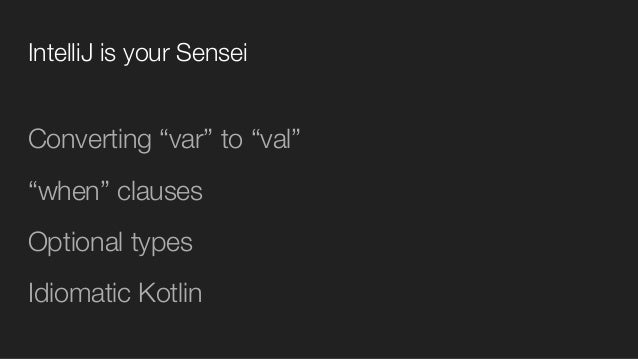

However, Java uses primitive and non-primitive data types, which eliminate it from being a true OOP language, because in object oriented programming, data types are objects – that is not the case with primitive data types. This is thanks, in part to its object-oriented features many programmers believe Java is a full-fledged object-oriented programming (OOP) language, but this is not quite true it does support OOP features like inheritance, polymorphism, classes, objects, and encapsulation. Java is a strongly-typed language with an emphasis on code readability, maintainability, and portability. It is commonly used for developing enterprise applications, mobile apps for Android devices, and server-side programming – to name but a few.


Java, meanwhile, is an older programming language, having been introduced to the developer world back in 1995 by Sun Microsystems. You can learn more about Kotlin in our tutorial: Introduction to Kotlin. As such, Kotlin is fully compatible with existing Java codebases, which means you can mix and mingle your Kotlin and Java code together.Īs a proposed successor to Java, Kotlin was designed to be more efficient, concise, expressive, and safer than Java, and its developers also sought to offer better support for functional programming than Java provides, currently. It is an open-source programming language that runs on the Java Virtual Machine (JVM), and was originally developed as a predecessor for Java. It was introduced by the developer tool maker, JetBrains, in 2011, making the language just a little over a decade old. Kotlin is a newer programming language that you may have heard of in relation to Java. We will include code examples, where appropriate, for demonstration purposes. In this programming tutorial, we will discuss the differences between Kotlin and Java, and their use cases. Both languages have their own set of pros and cons, and developers might find themselves faced with choosing one over the other, though, in truth, there is no reason why you cannot use both, which we will discuss in more detail below.

You can use it in combination with the Elvis operator.Java and Kotlin are two extremely popular programming languages in the software development realm. Note that if the variable is a mutable property, you won't be able to smart cast it to its non-nullable type inside the if statement (because the value might have been modified by another thread) and you'd have to use the safe call operator with let instead. Therefore when comparing to null, the structural equality a = null is translated to a referential equality a = null.Īccording to the docs, there is no point in optimizing your code, so you can use a = null and a != null A structural equality a = b is translated to a?.equals(b) ?: (b = null)


 0 kommentar(er)
0 kommentar(er)
